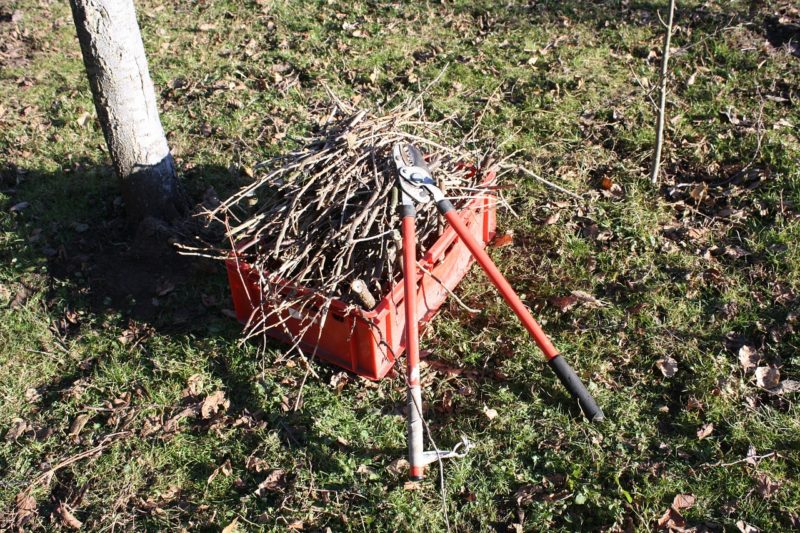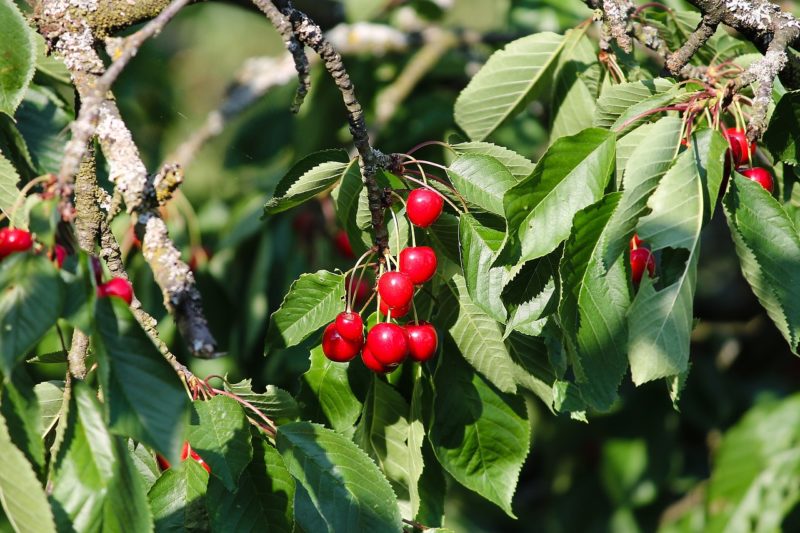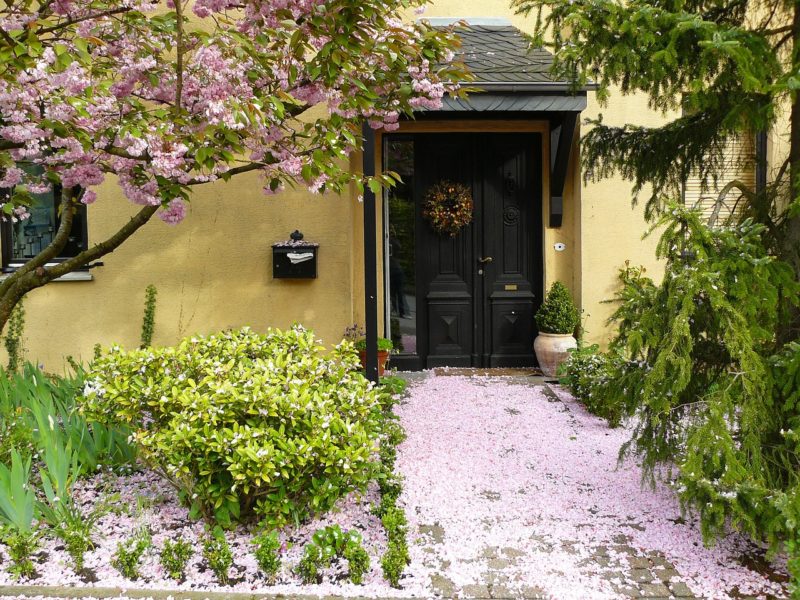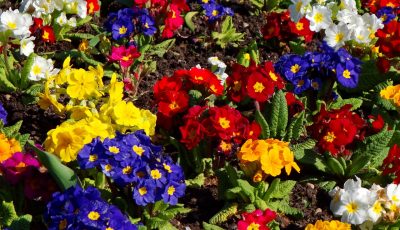The Gardener’s Hand—How to Trim and Maintain Your Plants and Trees
One of the most neglected parts of gardening is maintenance. Many people get excited about the design and planting process, but without good trimming and general upkeep, the landscape will never reach its full potential. Make sure you use these four strategies for good garden maintenance.
Use Appropriate Tools
There are two important reasons for using the appropriate tools to complete pruning and upkeep work. First, the comfort and safety of those doing the work is important. Choose equipment that is ergonomically designed and has been well-maintained for smooth movement. Keep blades appropriately sharp, and keep tools indoors to prevent rust.
Second, the health of plants is impacted by tools. Sharp tools will make healthier cuts that will heal more rapidly, and clean tools will not spread disease from cut to cut. Sharpen tools each fall so that they are ready for spring, and clean them with alcohol or a bleach solution between cuts.
Choose the Right Time
While much work can be done whenever you have time, there are optimum dates for most work. Pruning and trimming is typically done when the plants are dormant. This minimizes the risk of undue bleeding of sap, as well as of weather stress coming at a time when the plant is already stressed from pruning.
Sometimes planning for trimming should be done while leaves are still on with the actual work carried out after they have dropped. Plants look very different without leaves, so it may help you choose what to do if you flag branches for removal during the summer.
Focus on Plant Health
Trimming and maintenance are often aesthetically-driven, but you should remember the health benefits as well. Good maintenance helps control diseases, encourages overall vigor, and reduces the risk of broken limbs.
Remove excess growth to permit air and sunlight to penetrate the lowest leaves so that fungus spores cannot get a foothold. Rake up all plant material each fall so that it can’t harbor disease. Take out old wood that consumes large amounts of nutrients without providing blooms or shade. Finally, prune out poorly-angled or imbalanced branches so that wind and weight won’t cause breaks.
Manage the Site
Controlling sunlight and rain is essential to good plant health. Getting the right balance of sunlight and rainfall will help plants make better use of fertilizer and grow more successfully.
Some plants may struggle in the shadow of larger trees. Remove lower limbs from neighboring trees to reduce this impact. Runoff from gutters, driveways, and sidewalks, or poor drainage in general, can leave the planting with “wet feet” that discourage root development and foster rot and disease. Improve drainage and runoff to manage these elements.
Planting trees, shrubs, and flowers is just the beginning. A good maintenance and trimming plan, just like an arborist, will give you great results that will improve your garden’s appearance and health.













